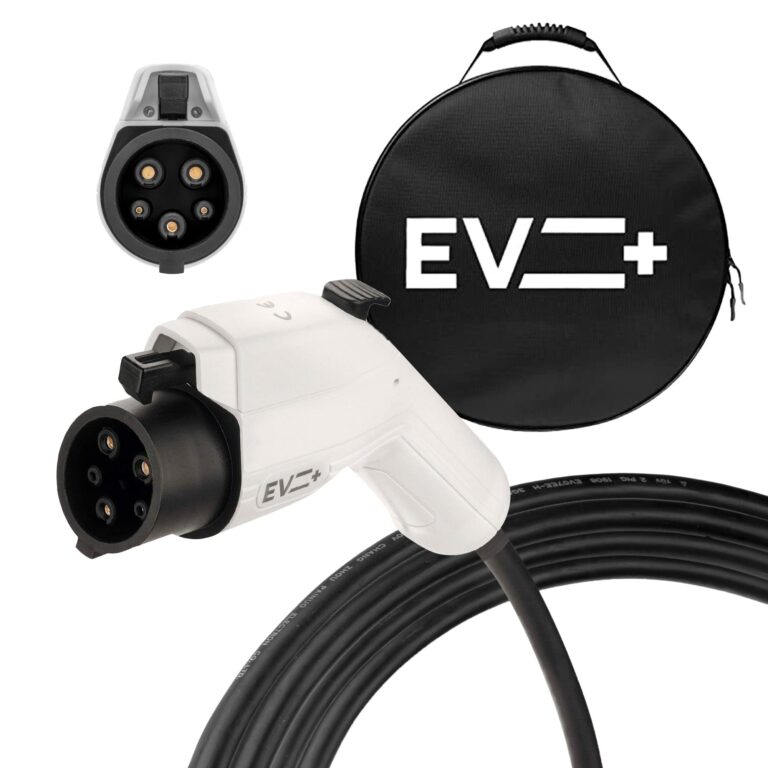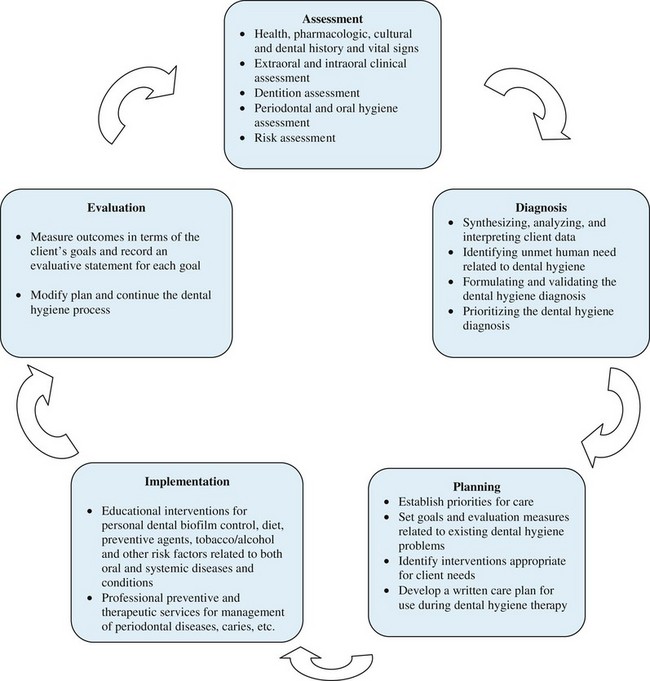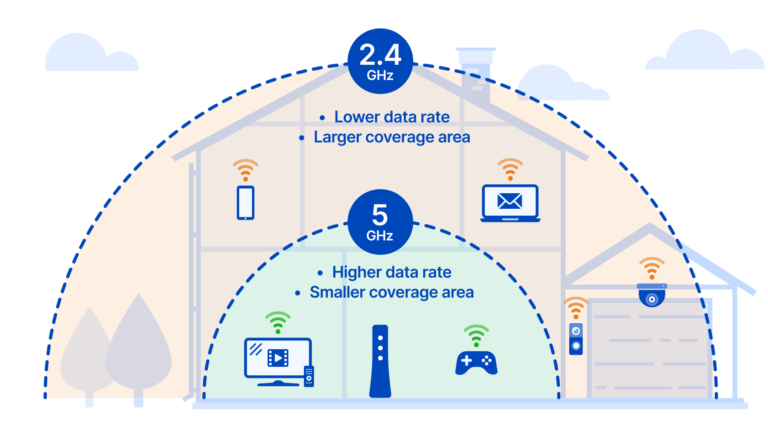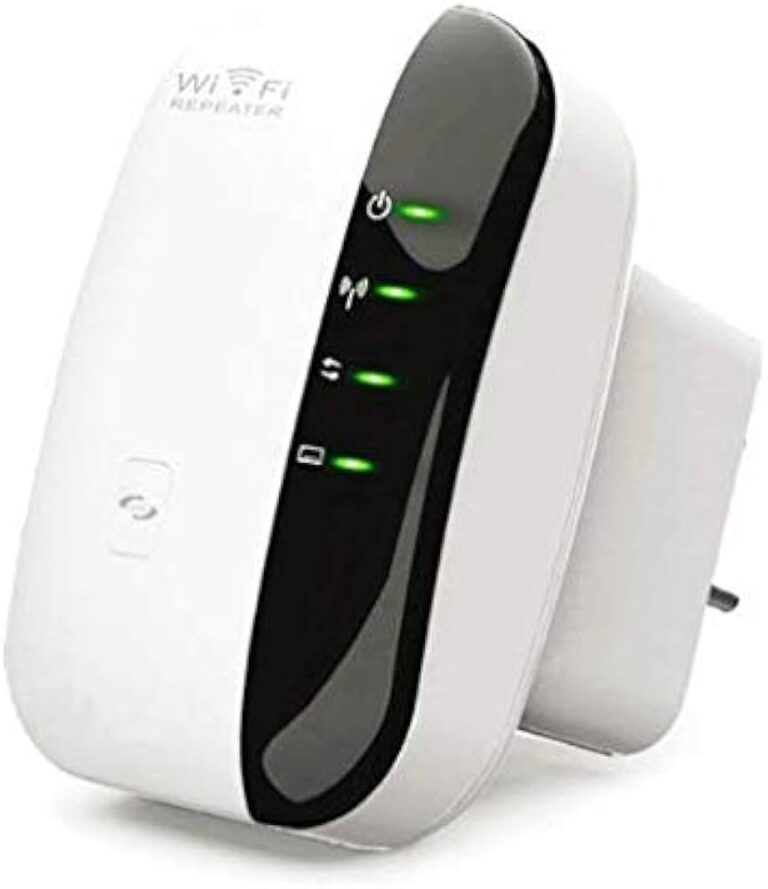Why Do We Need Repeaters?
Repeaters are essential components of today’s data transmission networks, allowing signals to travel longer distances and maintain their strength and quality. They convert weak or fading signals into strong, reliable signals for onward transmission. Repeaters are used in wired and wireless networks to boost signal strength, thus allowing for longer distances to be covered. Repeaters are also used to extend the reach of a network, allowing it to go beyond the limitations of its physical infrastructure. Finally, repeaters are used to improve signal reliability, ensuring that data is transmitted correctly and without interruption.
What Are Repeaters?
Repeaters are devices that are used to extend the reach of a network signal. They are used to amplify a weak signal, or to extend a signal to areas that are further away than what a single router can reach. Repeaters are also used to extend the range of a wireless network, and to create multiple access points for users to connect to. Repeaters can be used to bridge multiple networks, allowing them to communicate with each other as if they were one. They are also used to increase the number of users that can be connected to a single access point.
Repeaters are essential for expanding the reach of a network, and for ensuring that all users can access the same services and resources. By amplifying the signal, repeaters can extend the range of a network to areas that would otherwise be inaccessible. Additionally, repeaters can be used to create multiple access points for users to connect to, allowing them to access the same content from multiple locations. This makes it possible for users to access the same content from different locations, eliminating the need to move from one location to another in order to access the same content.
Advantages of Using Repeaters
Repeaters are an integral part of any communication network, providing a way to extend the range of a signal over distances far beyond what would be possible with a direct connection. By amplifying and re-transmitting received signals, they ensure that data can be transmitted reliably, even in locations with low signal strength. By utilizing repeaters, communication networks can be extended to cover large geographical areas, improving reliability and reducing the cost of the network.
Repeaters also provide a way to mitigate interference, helping to ensure that data is transferred reliably by filtering out noise from the signal. This is particularly useful in areas where there are high levels of electromagnetic interference, such as near power lines or in industrial areas.
Repeaters are also useful in improving the performance of a network, allowing for faster data transfer rates. By introducing repeaters into the network, the data can be transferred faster as the signal is being amplified and re-transmitted more quickly. This allows for a more efficient use of the bandwidth available, ensuring that the network is running at its optimal performance.
In conclusion, repeaters provide an invaluable tool for extending the range and reliability of a communication network. By amplifying and re-transmitting signals, repeaters ensure that data can be reliably transferred over long distances, while also providing a way to mitigate interference and improve the performance of the network.
Common Applications of Repeaters
Repeaters are electronic devices used to extend the range and coverage of wireless networks. They are used to bridge signals from one location to another, providing an ideal solution for network extenders and weak signal areas. From home offices to large businesses, repeaters are a versatile and cost-effective way to expand the reach of a wireless network.
Repeaters are used to increase the range of wireless networks for a variety of applications. Home users often use them to create a larger, more reliable coverage area. Businesses may use them to provide wireless access to multiple locations, such as warehouses and offices, while telecommunication companies use repeaters to extend the range of cellular networks. Additionally, repeaters are used in public safety and emergency communications systems, where reliable coverage is essential.
Repeaters are also used to reduce signal interference, which can be a common problem in areas with high wireless traffic. By placing repeaters in specific locations, it is possible to reduce interference and improve signal quality. Additionally, repeaters can be used to extend the range of a network beyond the physical limits of an existing access point, allowing users to access the network from farther distances.
In short, repeaters are an essential tool for extending the range and coverage of wireless networks. From home offices to large businesses, they are a cost-effective option for improving signal quality and extending the range of a wireless network. By using repeaters, users can enjoy improved signal strength, fewer interruptions, and increased network coverage.
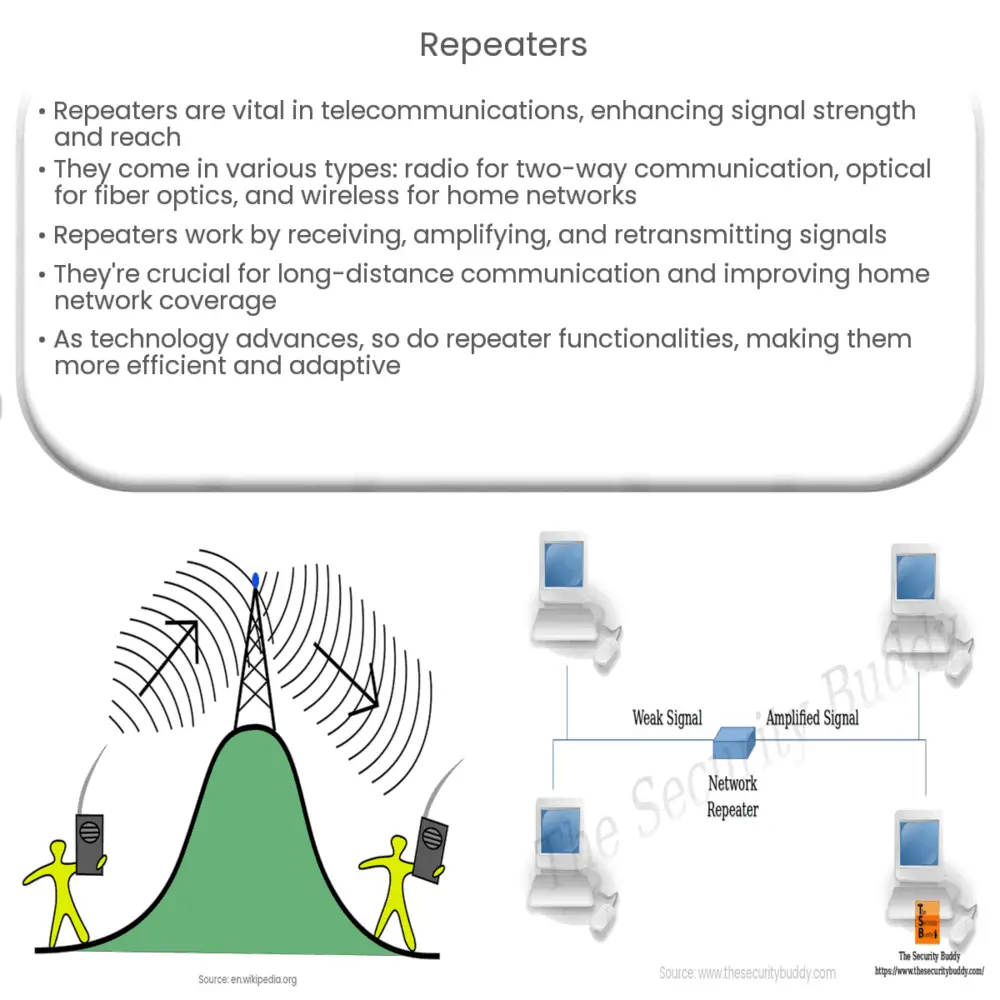
Limitations of Using Repeaters
The use of repeaters is a common solution for extending the reach of an existing network. When data is transmitted over a network, it is subject to degradation and interference, which can result in poor performance or even data loss. Repeaters are used to extend the reach of the network by providing a clean signal that can be transmitted over long distances without losing power or accuracy. However, there are some important limitations to be aware of when using repeaters.
Firstly, repeaters cannot increase the bandwidth of a network, as the transmission speed is limited to the speed of the original signal. This means that if the original signal was slow, the signal sent over the repeater will be equally slow. Additionally, repeaters can only extend the range of the network, not the speed; this means that the data is subject to latency, as it takes time to travel from the source to the repeater and back again.
Another limitation of repeaters is that they can only be used to send data in one direction. This means that if the repeater is used to send data from the source to the destination, it cannot be used to send data back from the destination to the source. Finally, repeaters can only be used to extend the reach of a single network, so they cannot be used to bridge networks from different providers.
In conclusion, while repeaters are a useful tool for extending the reach of a network, they have some important limitations that must be understood when planning a network.
Alternatives to Repeaters
In today’s world, technology has advanced exponentially, making it easier than ever to connect to each other. But there are still times when a connection is out of reach. That’s when repeaters come in handy. But what if there was an alternative to repeaters?
The good news is that there are other technologies that offer similar services as repeaters. One of these is using mesh networks, which can create a web of connected devices. Mesh networks can be used to extend the range of a Wi-Fi signal, allowing devices to be connected from farther away than before. Mesh networks are also more reliable than repeaters, as they don’t require a single point of failure, meaning that if one node fails, the network can still remain connected.
Another technology that can be used as an alternative to repeaters is wireless bridge technology. This technology creates a direct connection between two devices, allowing data to be transferred without any interference. Wireless bridge technology is often used in areas where repeaters cannot be used, such as areas with interference from other devices.
Finally, there’s the use of directional antennas. These antennas are designed to focus the signal in a specific direction, allowing the signal to reach further than a standard antenna. Directional antennas are often the preferred option for long-range applications, such as connecting two buildings.
Overall, there are many alternatives to repeaters. Each technology has its own benefits and drawbacks, so it’s important to do your research before deciding which one is best for your needs. With the right technology, you can ensure that you have reliable connections wherever you go.
Summary and Conclusion
Repeaters are important components of any communication system, and their use has grown exponentially in recent years. They help to extend the range of radio signals, allowing them to travel over greater distances, and they also boost the signal strength at the receiving end. This is essential for longer-distance communication, and repeaters can be used to increase the reliability of a system. It is important to understand the basics of repeaters and how they are used in order to get the most out of them. By properly configuring and placing repeaters, users can ensure that their communication signals travel reliably and securely over longer distances.
In conclusion, repeaters are invaluable components of any communication network. They are used to extend the range of radio signals and boost their strength at the receiving end. By understanding the basics of repeaters and properly configuring and placing them, users can ensure that their communication signals are reliable and secure over longer distances.
FAQs About the Why Do We Need Repeaters?
1. What is a repeater and why do we need one?
A repeater is an electronic device used to extend the distance of a network. It receives signals from a network, amplifies them, and then retransmits them to extend the range of the network. Repeaters are necessary because networks are limited by the maximum length of their cables.
2. How do repeaters work?
Repeaters work by receiving signals from a network, amplifying them, and then retransmitting them at a higher power level. This allows them to extend the range of the network and ensure that data is transmitted reliably over longer distances.
3. Are repeaters the only way to extend a network?
No, repeaters are not the only way to extend a network. Other devices such as switches, bridges, and routers can also be used to extend a network. However, repeaters are typically the most cost-effective and simplest way to do this.
Conclusion
In conclusion, repeaters are an essential part of any communication network, allowing signals to be transmitted over greater distances and with greater reliability. They are an integral part of the modern-day communication infrastructure, and their importance can not be overstated. Without repeaters, many services and devices in our homes and businesses would be unable to communicate effectively. Therefore, repeaters are an essential part of our communication networks and should be given due consideration when designing and implementing a communication system.
